The realm of space exploration has always captured human imagination, driving us to reach for the stars and uncover the mysteries of the universe. From the very first human steps on the Moon to the breathtaking images sent back by rovers on Mars, each achievement has fueled our curiosity and pushed the boundaries of what’s possible. In this age of innovation, space technology continues to evolve, shaping the way we explore and understand the cosmos. From innovative propulsion systems that promise faster travel through the vast expanse to cutting-edge communication tools that bridge the gap between Earth and distant spacecraft, the future of space exploration is being shaped by incredible technological marvels. In this article, we will delve into 20 such space tech marvels that are shaping the future of space exploration.
1. Ion Propulsion Engines
Ion propulsion engines represent a cutting-edge advancement in space technology, exemplified by NASA’s NEXT-C engine. These engines employ charged particles to create propulsion, offering exceptional efficiency. By generating higher acceleration and consuming less fuel, they are tailor-made for deep space missions where traditional chemical propulsion falls short. The adoption of ion propulsion engines paves the way for faster and more energy-efficient journeys across vast cosmic distances, redefining the possibilities of space exploration.
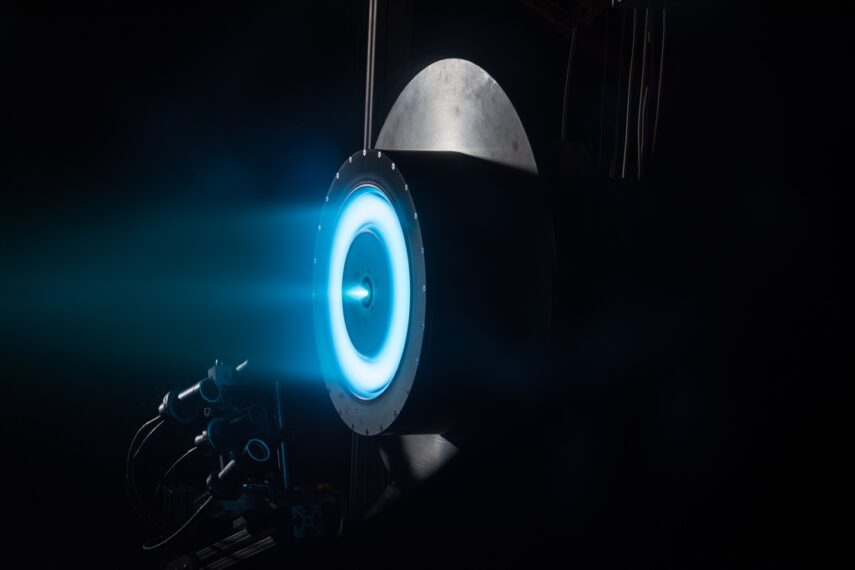
2. CubeSats And SmallSat Platforms
CubeSats and SmallSats are revolutionizing space research with their affordability and adaptability. These miniature satellites enable diverse experiments, from Earth observation to scientific exploration. Standardized sizes and modular designs make access to space more democratic, fostering innovation and expanding our cosmic understanding. This satellite revolution redefines space research with cost-effective solutions and unprecedented versatility.
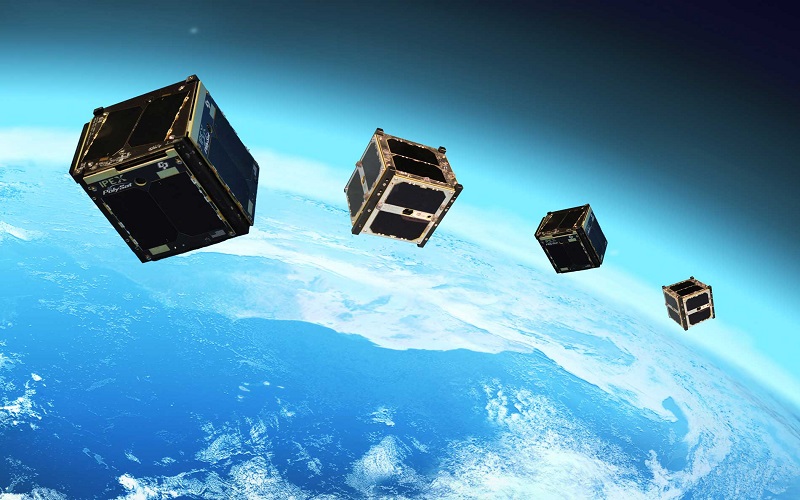
3. Exoplanet Detection Systems
Exoplanet Detection Systems have transformed astronomy, revealing numerous planets orbiting distant stars. Advanced telescopes and imaging techniques have led to the discovery of thousands of exoplanets, expanding our understanding of potentially habitable worlds beyond our solar system. This breakthrough ignites excitement about finding Earth-like planets and their potential for hosting life.
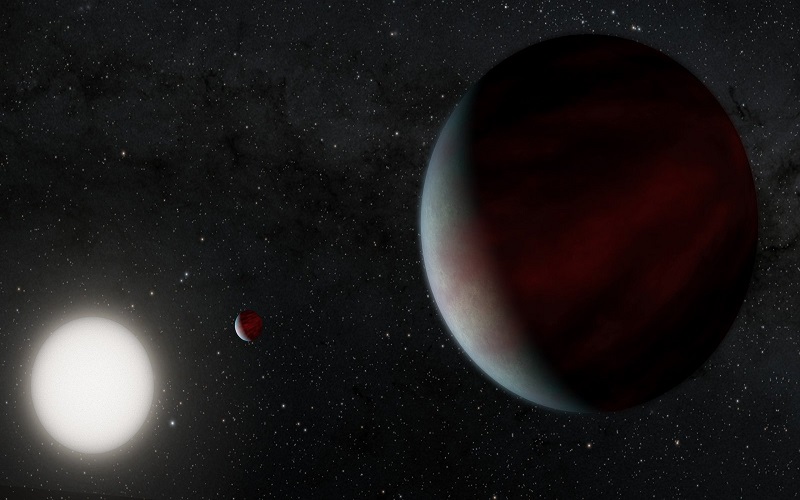
4. Asteroid Mining Technologies
Asteroid Mining Technologies, led by companies like Planetary Resources, are revolutionizing space exploration. They’re developing methods to extract valuable resources from asteroids, offering unprecedented opportunities for resource utilization beyond Earth. This pioneering approach holds the potential to reshape industries and economies while pushing the boundaries of human achievement in space.
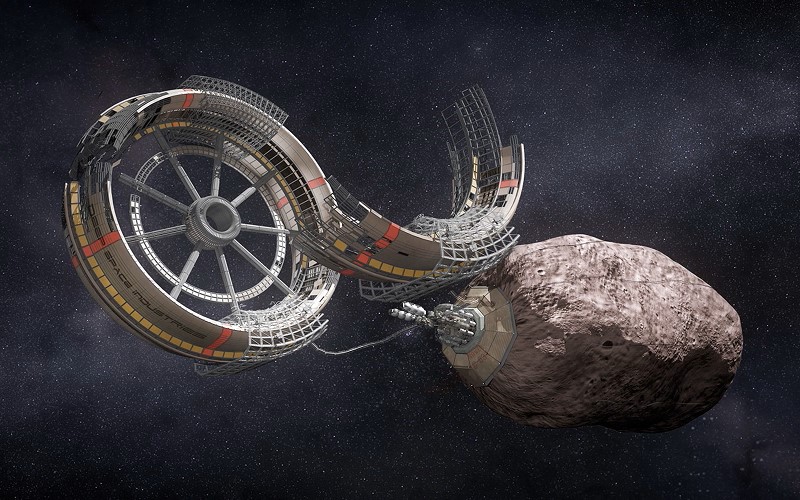
5. SpaceX Falcon 9
Traditional rockets were discarded after one use, driving up costs. SpaceX’s Falcon 9 changed the game by landing back on Earth safely. This reusability slashes expenses and democratizes access to space. It’s like flying a plane multiple times, reducing launch costs and enabling missions from satellite deployments to interplanetary travel. This innovation accelerates human exploration of the Moon, Mars, and beyond, making space travel more accessible and dynamic than ever before.
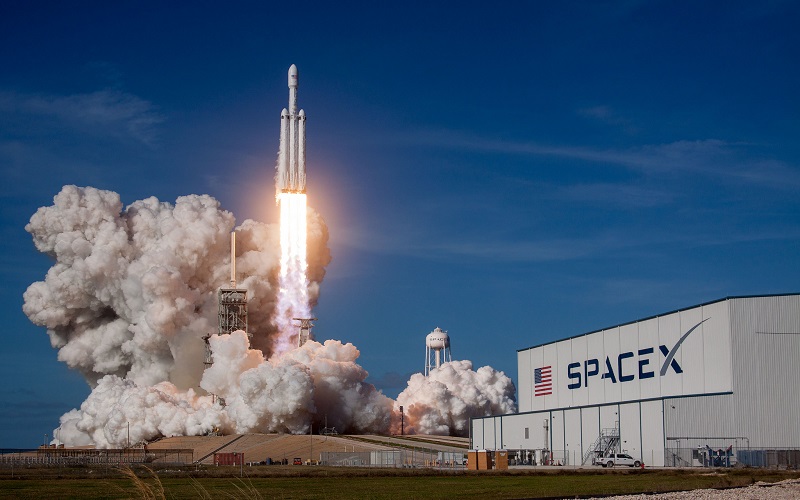
6. Lunar And Martian Rovers
NASA’s Perseverance and China’s Yutu-2 rovers are rewriting the narrative of space exploration. Perseverance’s mission on Mars dives into Jezero Crater, probing for signs of ancient life with advanced instruments like MOXIE and SuperCam. Meanwhile, Yutu-2 roams the Moon’s far side, unveiling its geological past using tools like the VNIS and GPR. These robotic explorers are more than machines; they’re our emissaries in deciphering the mysteries of distant worlds, offering insights that could shape the future of interplanetary exploration.
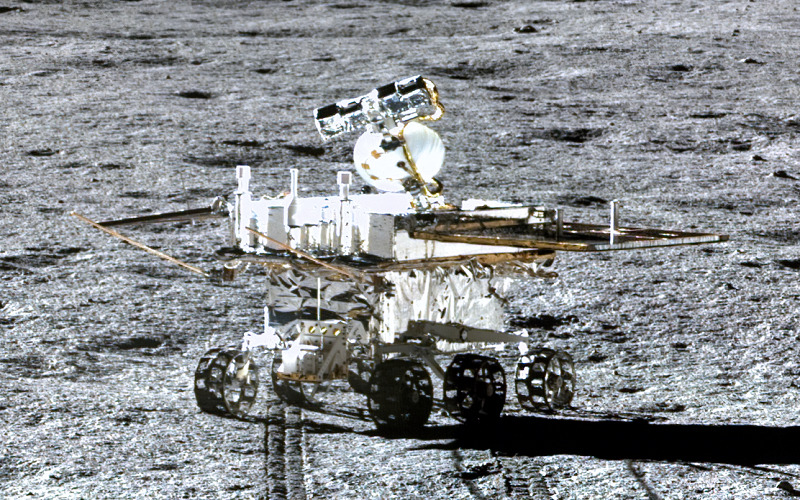
7. In-Situ Resource Utilization (ISRU)
In-Situ Resource Utilization (ISRU) is a game-changing space technology that taps into local resources on celestial bodies like the Moon and Mars. By extracting water, oxygen, and fuel from these bodies, future missions can become more self-sufficient, reducing reliance on Earth supplies. This technology opens doors to extended missions and even human settlement beyond our planet, reshaping the future of space exploration.
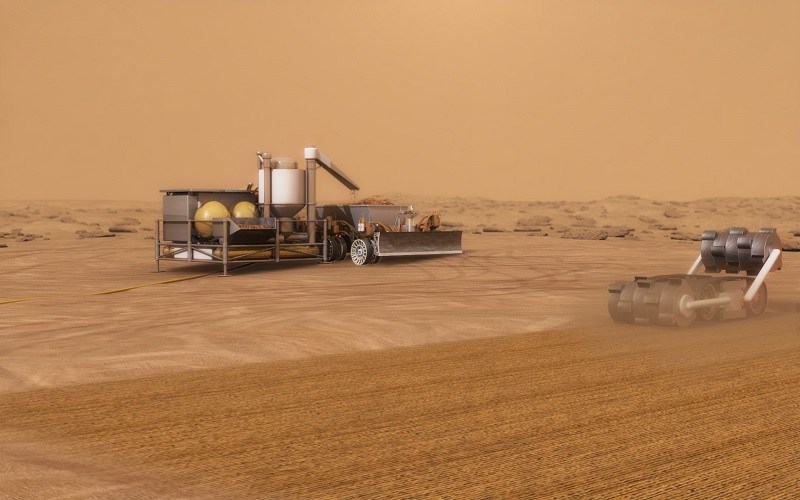
8. Space Debris Removal
Space debris is becoming a critical issue for space exploration. Abandoned satellites, rocket stages, and fragments pose a collision risk to operational spacecraft. To address this, scientists are developing robotic arms, nets, and harpoons to capture and remove debris from orbit. These technologies enhance safety for satellites and future missions, ensuring a clear path for space exploration. International collaboration and regulation are essential to tackle this growing challenge and create a safer orbital environment for all space activities.
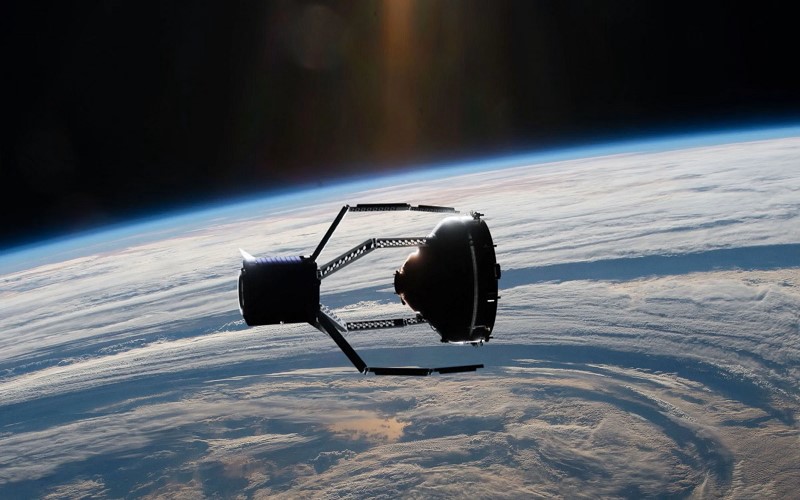
9. High-Bandwidth Communication Networks
In the realm of space exploration, flawless communication is paramount. NASA’s Tracking and Data Relay Satellite System (TDRSS) leads the way by facilitating real-time data transfer and control between Earth and spacecraft. With continuous coverage, robust bandwidth, and multi-mission capabilities, TDRSS plays a pivotal role in ensuring mission success and astronaut safety. As space endeavors expand, these high-bandwidth networks emerge as a linchpin for effective coordination and groundbreaking discoveries.
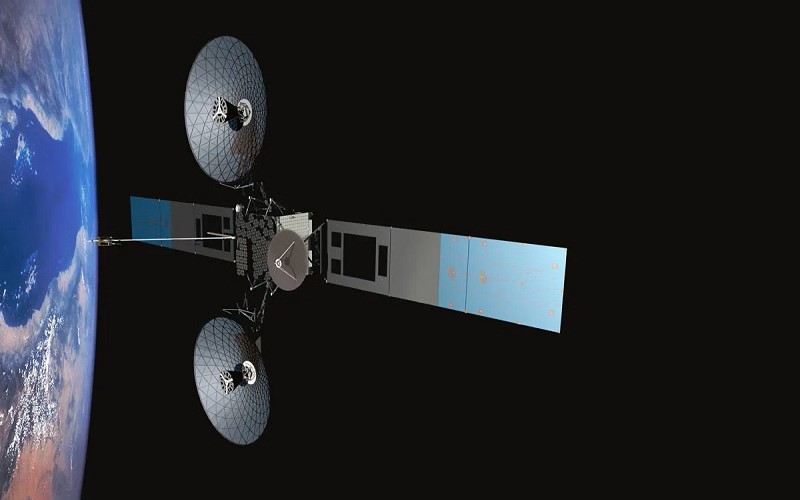
10. Space Tourism Innovations
Space tourism is rapidly becoming a reality, with companies like SpaceX and Blue Origin pioneering spacecraft for civilians. Offering suborbital joyrides and even orbital missions, these innovations promise breathtaking views and unique experiences. While challenges like safety and sustainability remain, the industry has the potential to democratize space exploration, inspire future generations, and redefine our connection with the cosmos.
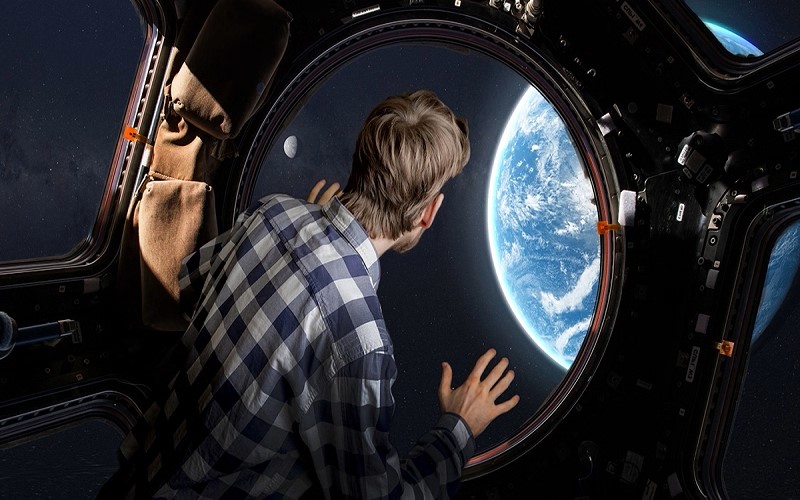
11. Mars Sample Return Missions
NASA and ESA are teaming up for an ambitious mission – Mars Sample Return. NASA’s Perseverance rover collects Martian samples, which will be left on Mars. ESA’s rover retrieves the samples, launching them into Martian orbit via a Mars Ascent Vehicle. NASA’s Sample Retrieval Lander captures the samples, transfers them to Earth Return Vehicle, and sends them back to Earth. This collaboration promises groundbreaking insights into Mars’ history, geology, and potential signs of ancient life, all made possible by international cooperation in space exploration.
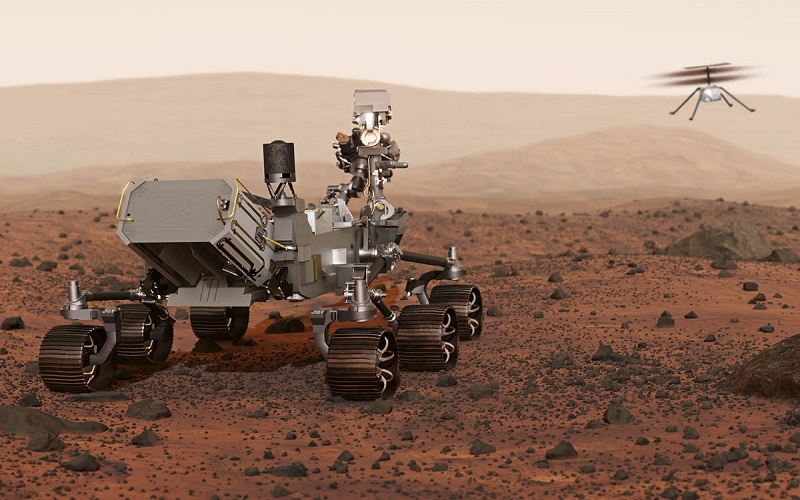
12. Solar Sails
Solar sails are a game-changing technology in space exploration. By harnessing the momentum of photons from sunlight, these sails offer continuous propulsion without the need for fuel. As photons strike the sail, they gradually accelerate the spacecraft, enabling deep space missions. With no onboard propellant required, solar sails revolutionize our ability to explore distant planets and even other star systems. Challenges include maintaining sail orientation and dealing with weaker sunlight in outer space.
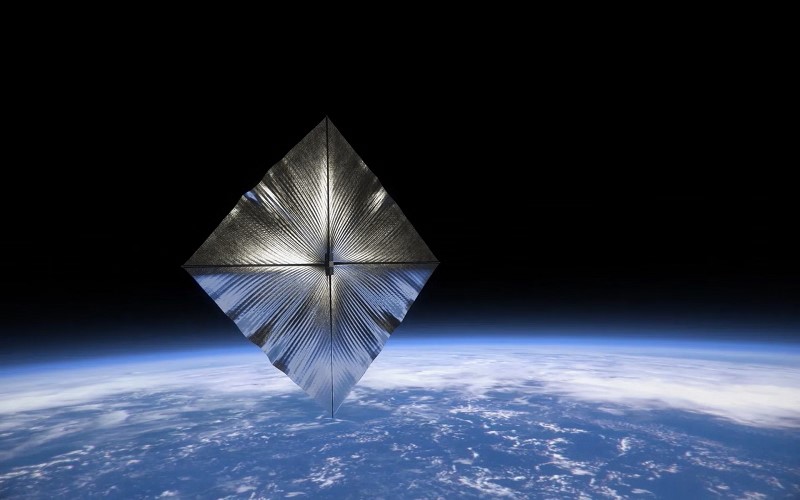
13. 3D Printing In Space
3D Printing is certainly taking space exploration to new heights. On the ISS, astronauts utilize 3D printers to create tools and parts on demand, reducing reliance on costly resupply missions. This innovation offers customizability, and faster troubleshooting, and paves the way for sustainable, self-sufficient space travel. As we aim for longer missions and deep space exploration, 3D printing proves to be a vital technology, minimizing costs, and maximizing adaptability in the challenging space environment.
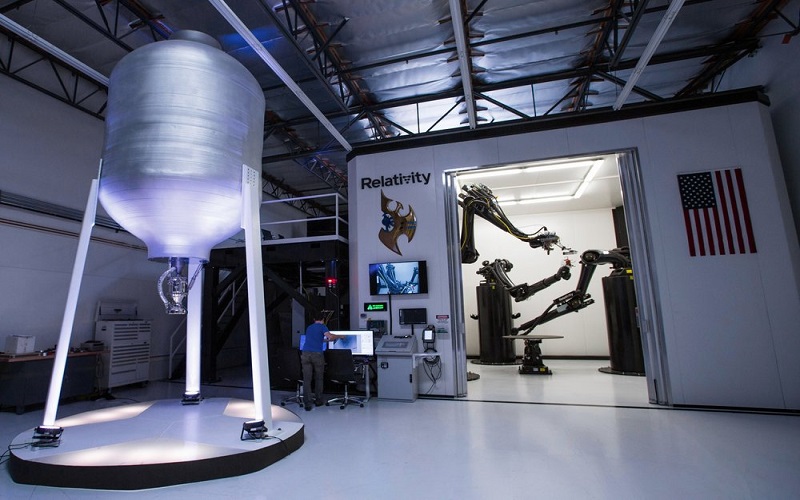
14. Artificial Intelligence (AI) In Spacecraft Operations
Artificial Intelligence is revolutionizing spacecraft operations by allowing autonomous decision-making and real-time analysis. In the vastness of space, where communication can be delayed, AI empowers spacecraft to adapt to changing conditions, navigate hazardous environments, and continue missions without constant human intervention. With AI’s growing capabilities, we’re shaping a future where spacecraft explore the cosmos with unprecedented autonomy, pushing the boundaries of space exploration and discovery.

15. Kepler Telescope
As technology advances, the dream of exploring the far reaches of the galaxy draws nearer. The retired Kepler Telescope played a crucial role by identifying countless planets with potential for life. This significant stride brings us closer to the day when humanity can embark on deep space missions. The Kepler Telescope’s legacy propels us forward in our quest to uncover the mysteries of the universe and expand our understanding of distant worlds.
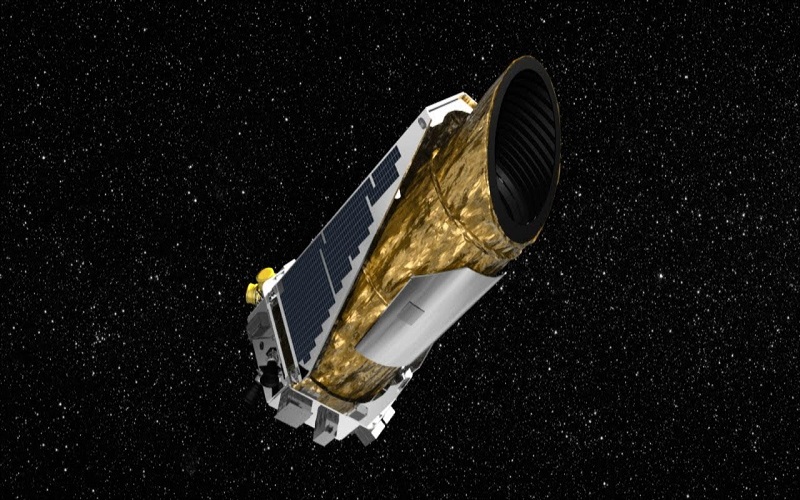
16. Nuclear Thermal Propulsion
Nuclear Thermal Propulsion (NTP) systems could restructure space travel by harnessing nuclear reactions for faster-crewed missions to Mars and beyond. By heating propellants through controlled nuclear fission, NTP generates high-speed thrust, drastically reducing travel times and enabling more efficient exploration. Challenges like radiation safety and technical complexity must be addressed, but NTP holds the promise of unlocking new frontiers in space exploration and reshaping our understanding of the cosmos.
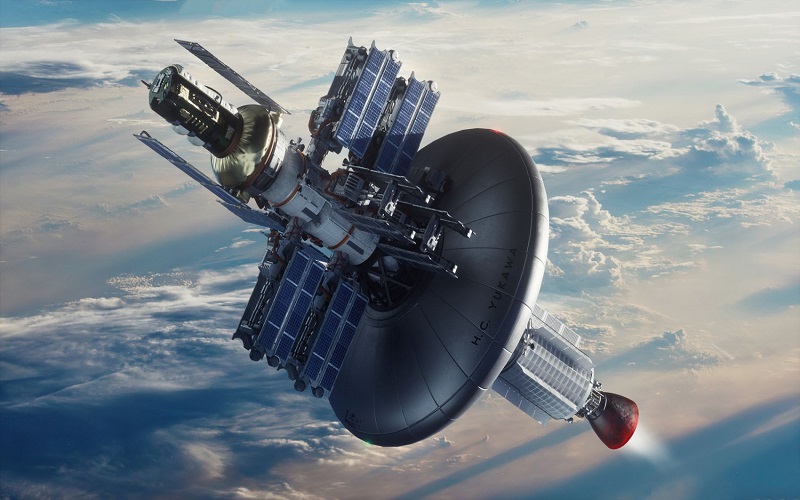
17. Bio-Regenerative Life Support Systems
Bio-Regenerative Life Support Systems transform space exploration by creating self-sustaining habitats. These systems recycle air and water while cultivating food through innovative techniques like hydroponics. This technology reduces the need for frequent resource shipments from Earth and enhances astronauts’ well-being during long missions. By mimicking Earth’s ecosystems, Bio-Regenerative Systems pave the way for sustainable and thriving space travel.
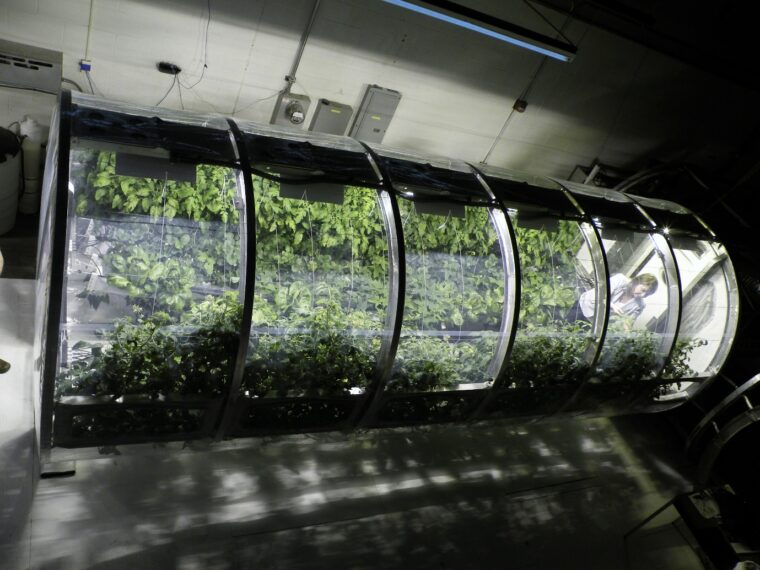
18. Habitat Construction Technologies
Innovative space habitat technologies, like 3D-printed structures and inflatable habitats, are reshaping the future of space exploration. 3D-printed habitats utilize local materials for cost-effective construction, while inflatable structures offer lightweight expandability. Both approaches address challenges of transportation and adaptability, creating safe and comfortable living spaces for astronauts on missions to the Moon, Mars, and beyond.
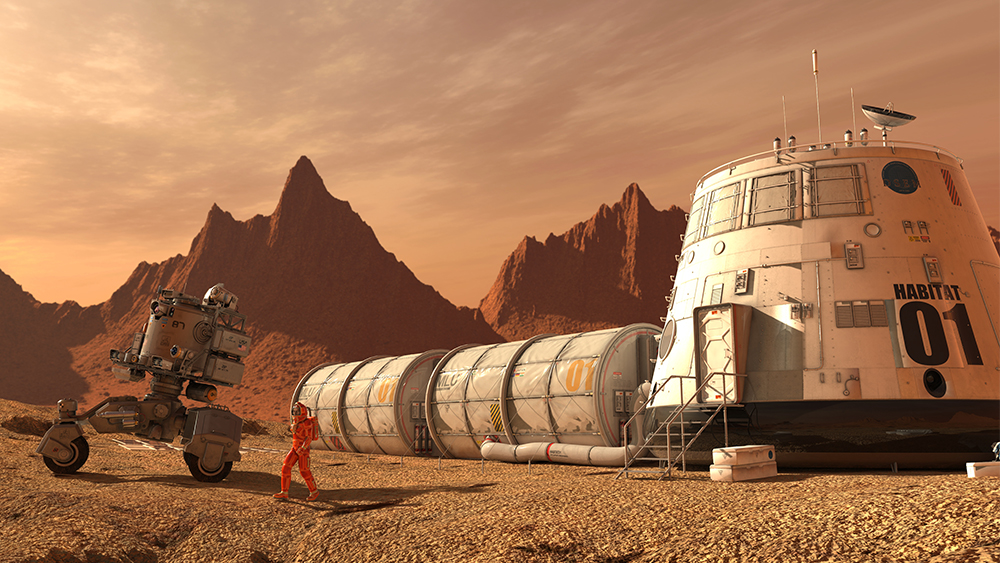
19. Quantum Communication Networks
By utilizing quantum mechanics, quantum communication networks ensure ultra-secure data transfer and instant communication over long distances. With data transmitted through quantum particles, eavesdropping becomes nearly impossible. This technology promises secure navigation, real-time control of spacecraft, and confidential data transmission, reshaping the future of space missions and enabling unprecedented levels of connectivity and control.
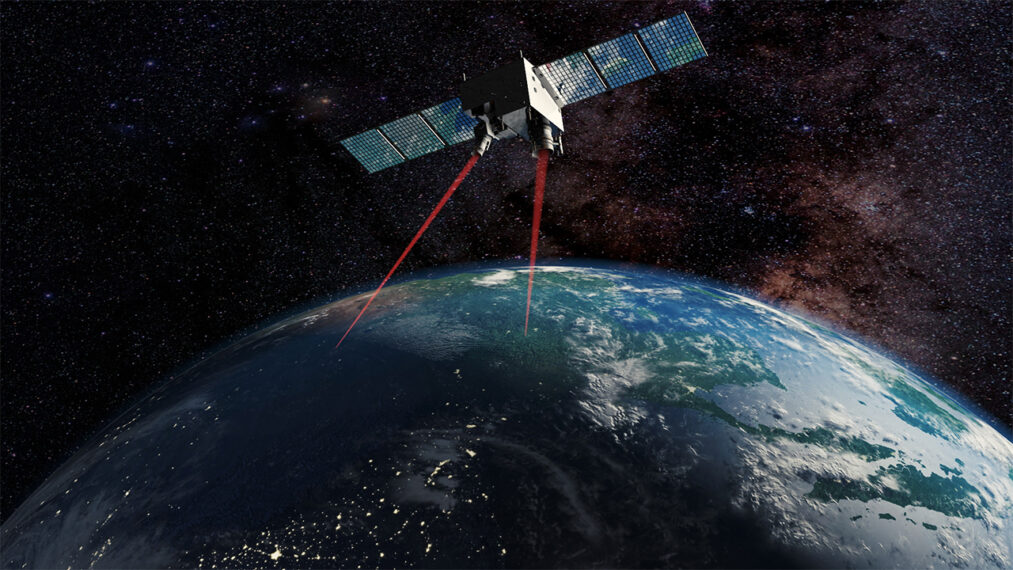
20. Planetary Defense Systems
As we venture into space exploration’s future, our focus also extends to protecting our planet. Planetary defense systems are evolving to detect and counter potential asteroid impacts. Advanced telescopes, orbit analysis, and innovative technologies offer early warnings and strategies to alter an asteroid’s path. International collaboration and public awareness enhance our readiness. Planetary defense exemplifies our determination to secure Earth’s future in the cosmos.





















